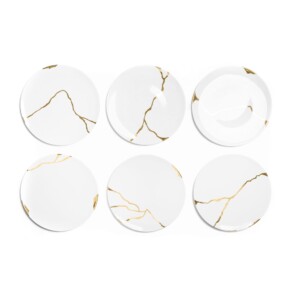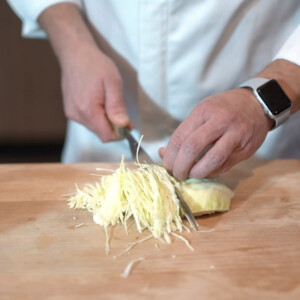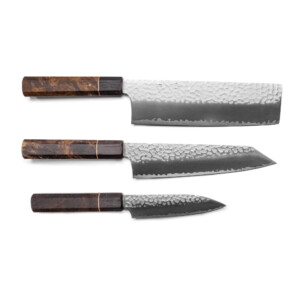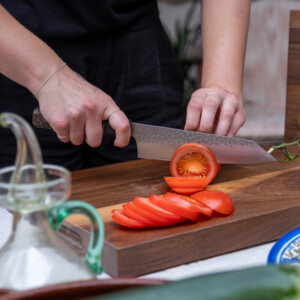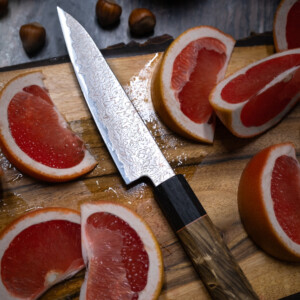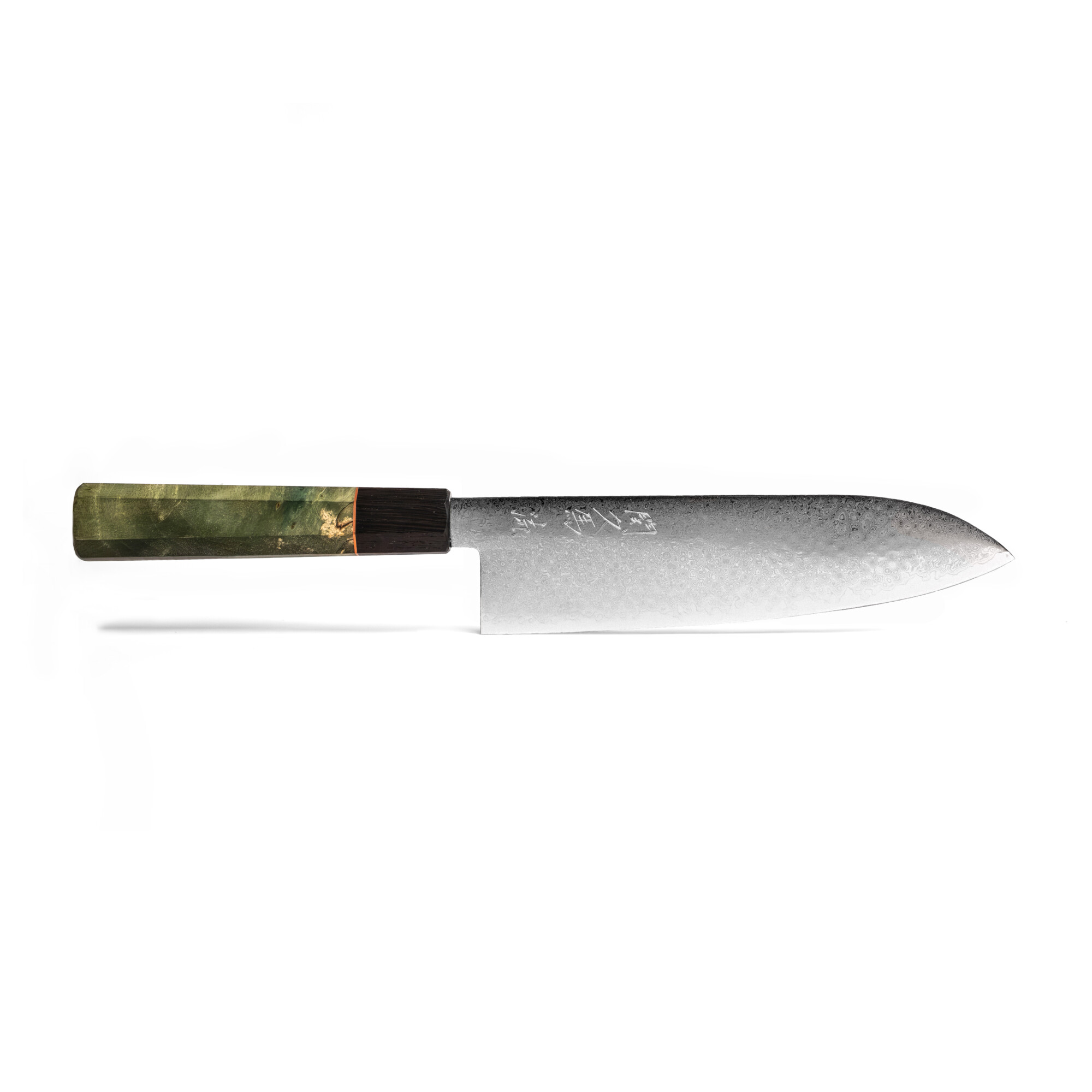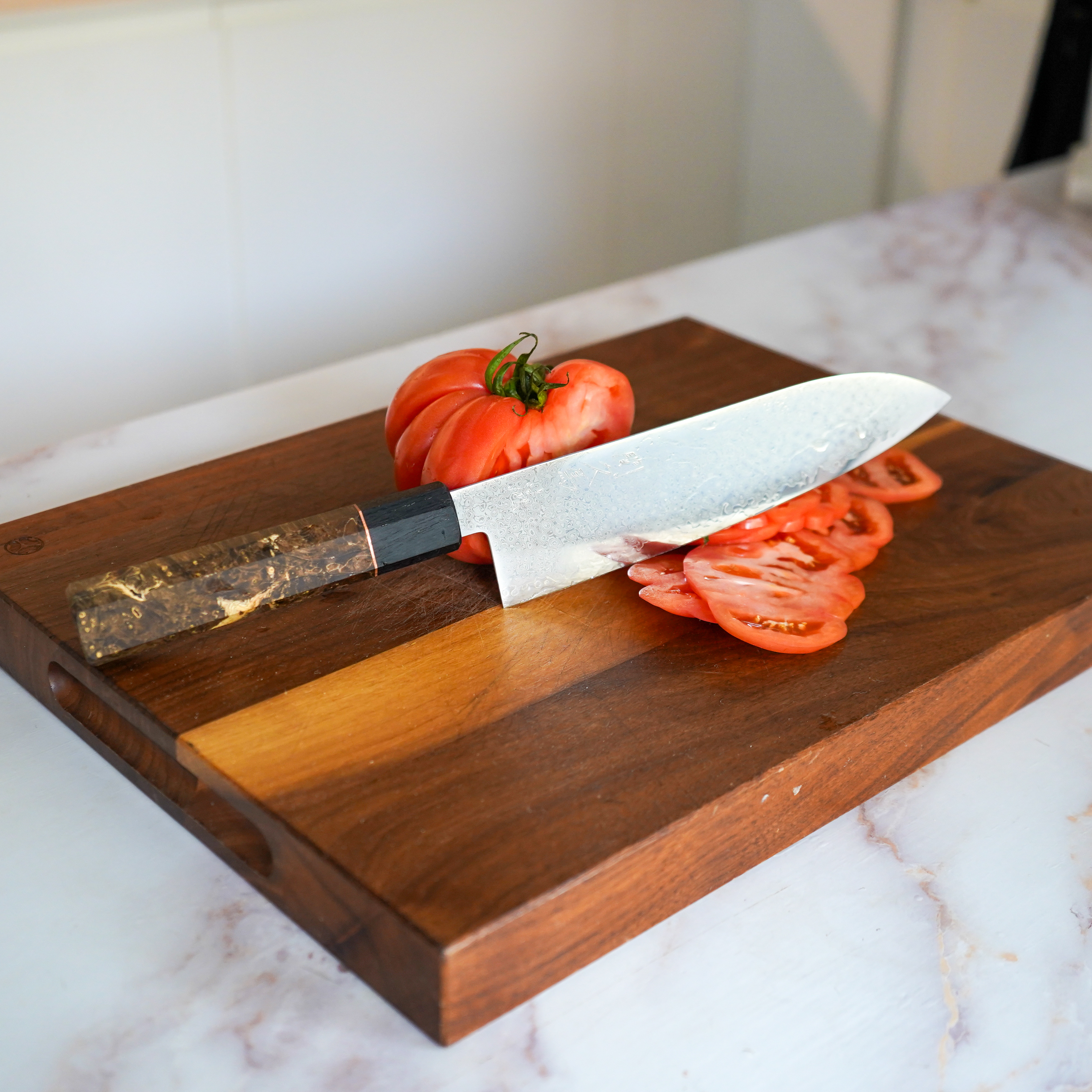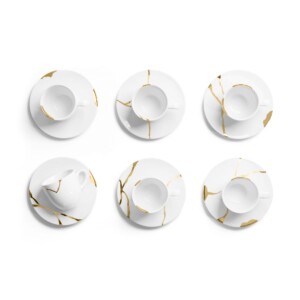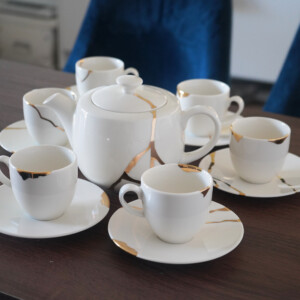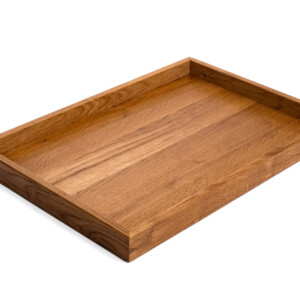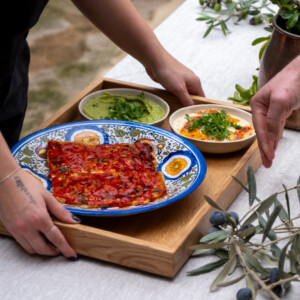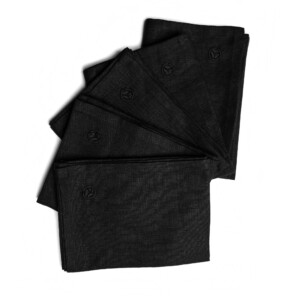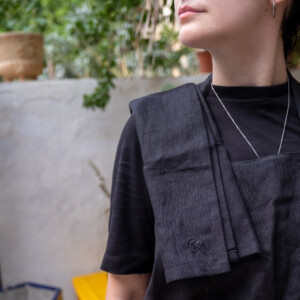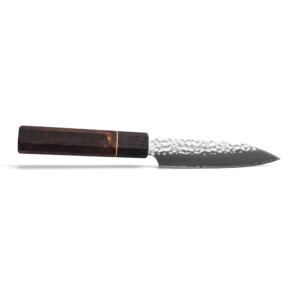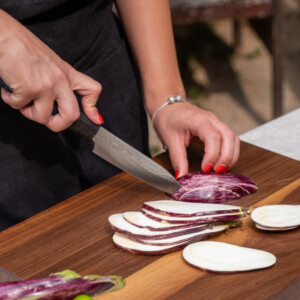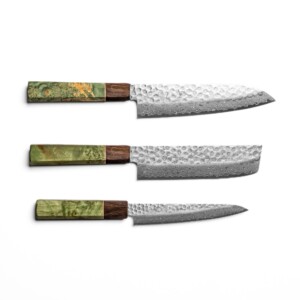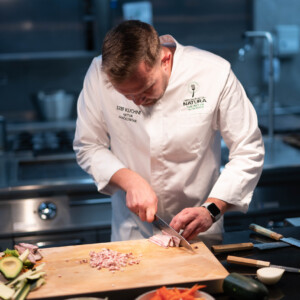- For detailed instructions for How to Kintsugi in Japanese and English check out this DYI tutorial
- This is a 3 Step Turorial for our Minowa Premium Japanese DIY Kintsugi Kit
About the art of Kintsugi
The practice of Kintsugi is a reflection of the Japanese Wabi Sabi principal (originally derived from traditional Buddhist teachings), to celebrate and admire imperfections within objects, and as mentioned, involves the repair of broken pottery and ceramics. Traditionally it comes with gold glue (but we also supply a silver one) to glorify the breakages.
In this how to guide, we are going to go through this form of Japanese pottery repair step by step. All you really need to do is pick up the kintsukuroi kit and this will provide you with everything you need to get going (except of course the broken mug or pot).
That said before you start we also recommend that you approach mending pottery and ceramics one at a time and that you also wear some form of protective gloves too (these come with the kit).
Step one:
Now, you’re going to need a broken pot. Whether that’s your favourite mug or bowl that you have been saving or you ‘accidentally on purpose’ break something. If it is the latter, make sure you do it safely. Out of the way, in a bag and tea towel. A drop from head height should do the trick.
Step two:
The next step requires you to start fitting those pieces together again. Just a general idea is fine, you don’t have to go balancing bits on one another. You just want to know what goes where and when really – an outline of where you need to apply the Kintsugi glue.
Step three:
Now go ahead and reach for your DIY kit and supplies. You’re going to start to mix the Japanese gold repair powder together with the epoxy putty and use a stick to start applying it slowly to the edges of your broken pieces.
Now, before the Kintsugi epoxy starts to dry out, press the two pieces together and firmly hold them. The general idea is that you do them one a time for each break. You might be quite surprised just how fast it starts to dry out. So be a little hasty.
You will see that there are a few different looks to Kintsugi, you’ve got the classic smooth and thicker blend. Here’s how to repair broken pottery and achieve that look.
- Smooth Finish:
You will see that there a range of pots, vases, and ceramics finished with what’s known as the smooth look. To achieve this appearance you want to get a scalpel of some kind to help you scrape away the thicker bulging parts of the lacquer.
It’s quite a tricky technique, so be a bit cautious as to just how much you take away, as you don’t want it popping out of place. Then brush it over with your brush.
- Bulging Thicker Finish:
It’s a more simple finish to accomplish. Simply apply more lacquer, wait for it to set a bit longer. Don’t overly neaten it up. If you do have any questions, please be sure just to get in touch.
